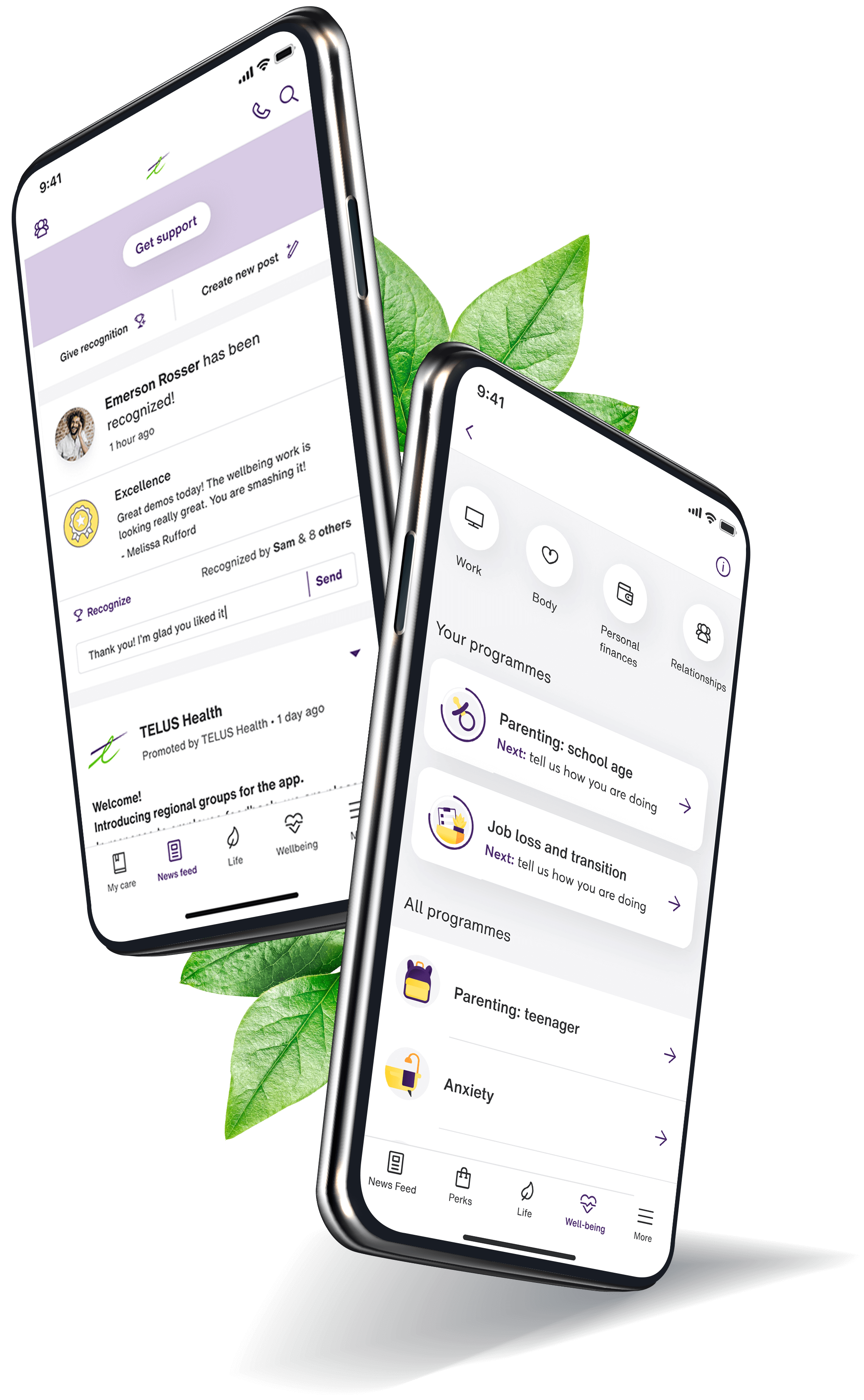What is neurodiversity?
People are different, and at work we all have to make allowances for our colleagues, just as our colleagues do for us. However, for the 15-20 percent of people who are considered neurodivergent, it’s not just about making allowances; it’s about understanding a person’s differences and making sure that they are able and encouraged to use their skills and attributes for the benefit of their team and the larger organisation.
Neurological differences
Someone may be considered neurodivergent if their brain learns, functions, or processes information differently than the majority of people. (Those whose brain functions as society expects are described as neurotypical.) Neurodiversity is a broad term that encompasses a range of cognitive styles including autism, dyslexia, dyspraxia, dysgraphia, attention deficit/hyperactivity disorder (ADHD), dyscalculia, and Tourette’s syndrome.
However, not every person who is neurodivergent, such as autism, will present in the same way. This is because it’s possible that individuals may experience different characteristics or mannerisms. This is sometimes referred to as being on a “spectrum.” It is also possible to be neurodivergent in a range of ways. It’s important to remember this to avoid stereotypes both in and out of the workplace.
Supporting neurodivergence
There are clear benefits to having members of staff who are neurodivergent that go well beyond any legal obligations for fair treatment in the workplace. Those who are neurodivergent may be particularly strong in:
- creativity and innovation
- lateral thinking: imaginative, creative ways to solve problems
- strategic analysis
- bringing a “different perspective” to projects
- development of highly specialised skills
- high levels of consistency in repetitive tasks
Promoting and supporting neurodiversity within your workplace can also help enhance the performance of existing team members while helping your organisation recruit a highly capable, diverse, and innovative workforce.


